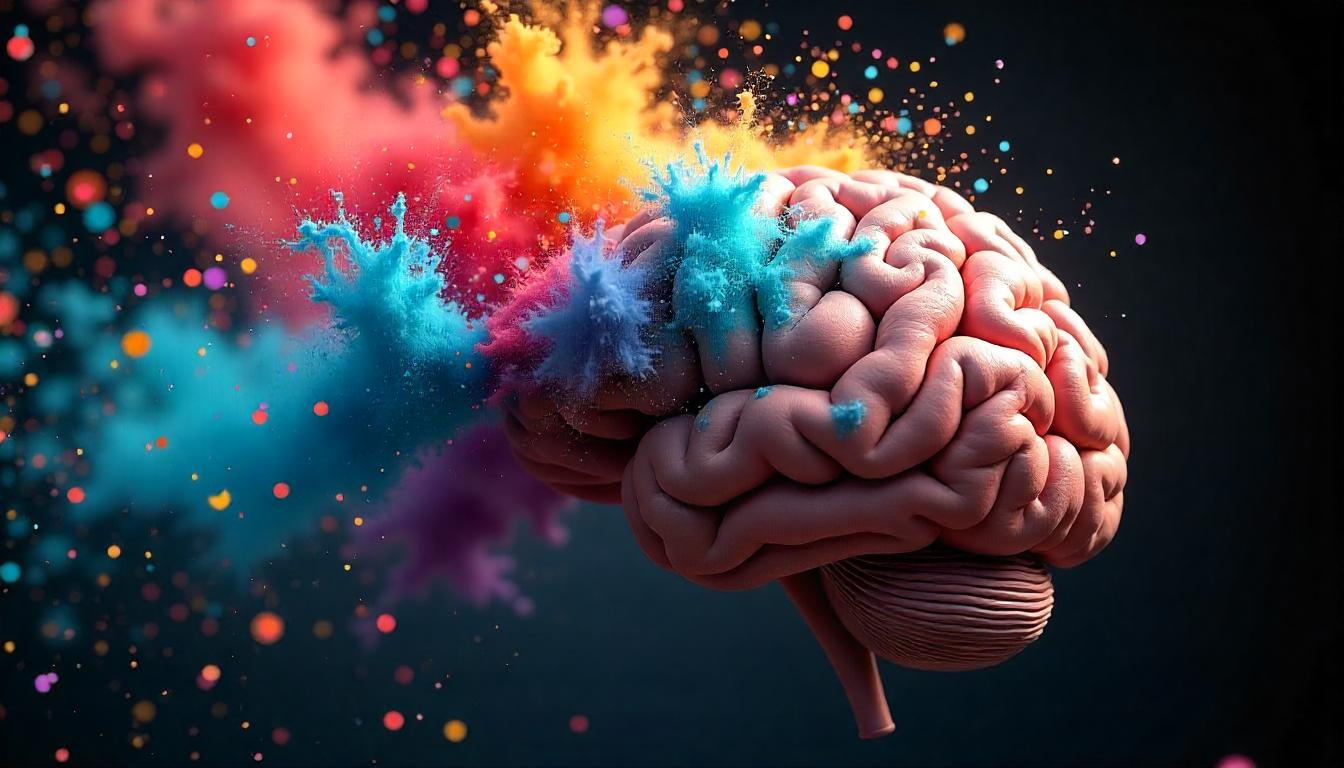When people think about your brand, the first thing they often remember is your colour palette. Think about Coca-Cola’s red, Facebook’s blue, or McDonald’s yellow arches; these colours are more than decoration; they’re strategic tools that shape how customers feel, think, and act.
At Blacktegy, we believe colours are a powerful language. Here’s how to choose them wisely so they tell your story and build recognition that lasts.
Understand Your Brand Personality
Your brand’s colours should reflect who you are and what you stand for. Are you bold and energetic? Calm and trustworthy? Playful and modern?
- Warm colours like red and orange spark excitement and urgency.
- Cool tones like blue and green evoke trust, safety, and growth.
- Neutrals like black, grey, or white communicate sophistication, balance, and simplicity.
Always ask: How do I want people to feel when they see my brand?
Tap Into Colour Psychology
Colours trigger emotions and perceptions, and your audience’s reaction matters.
- Blue builds trust and is common in finance and healthcare.
- Pink and soft pastels connect with youthful or feminine markets.
- Earthy tones resonate with eco-conscious brands and natural products.
Choosing the right shade is more than preference, it’s about influencing feelings.
Respect Cultural Meanings
One colour can mean many things across cultures.
- Red symbolises passion or luck in some cultures, but danger in others.
- White is purity in the West, but signifies mourning in parts of Asia.
If you’re targeting global markets, always research local meanings to avoid sending the wrong message.
Know Your Industry Norms
Some colours have become trusted signals in certain industries:
- Tech brands often lean blue for reliability.
- Food brands love reds and yellows to stimulate the appetite.
- Eco brands embrace greens and earth tones for sustainability.
You can choose to align with your industry or stand out with an unexpected twist.
Think About Practical Use
Your colours should work everywhere: websites, print, social media, packaging, uniforms, and signage.
- Are they readable over photos?
- Do they have enough contrast for accessibility?
- Do they look good in black and white?
Plan a primary colour, secondary shades, and accent tones, then stick to them for brand consistency.
Analyse Competitors
Check out what colours your competitors use. This doesn’t mean you should copy; it means you can find opportunities to differentiate. If everyone’s blue, maybe you go green. If everyone’s muted, maybe you choose something bright.
Test, Test, Test
Before you commit, create a mood board and test your colours on real mock-ups of your logo, ads, business cards, and website. Seeing them in action can help you spot issues and ensure they truly represent your brand.
Final Thoughts
Choosing the right colours for your brand isn’t just about looking good, it’s about building trust, loyalty, and recognition. At Blacktegy, we help brands unlock their full potential through strategy-driven design.
Need help creating a colour palette that makes an impact?
Let’s talk. Together, we’ll design a brand that’s not just seen, it’s remembered



